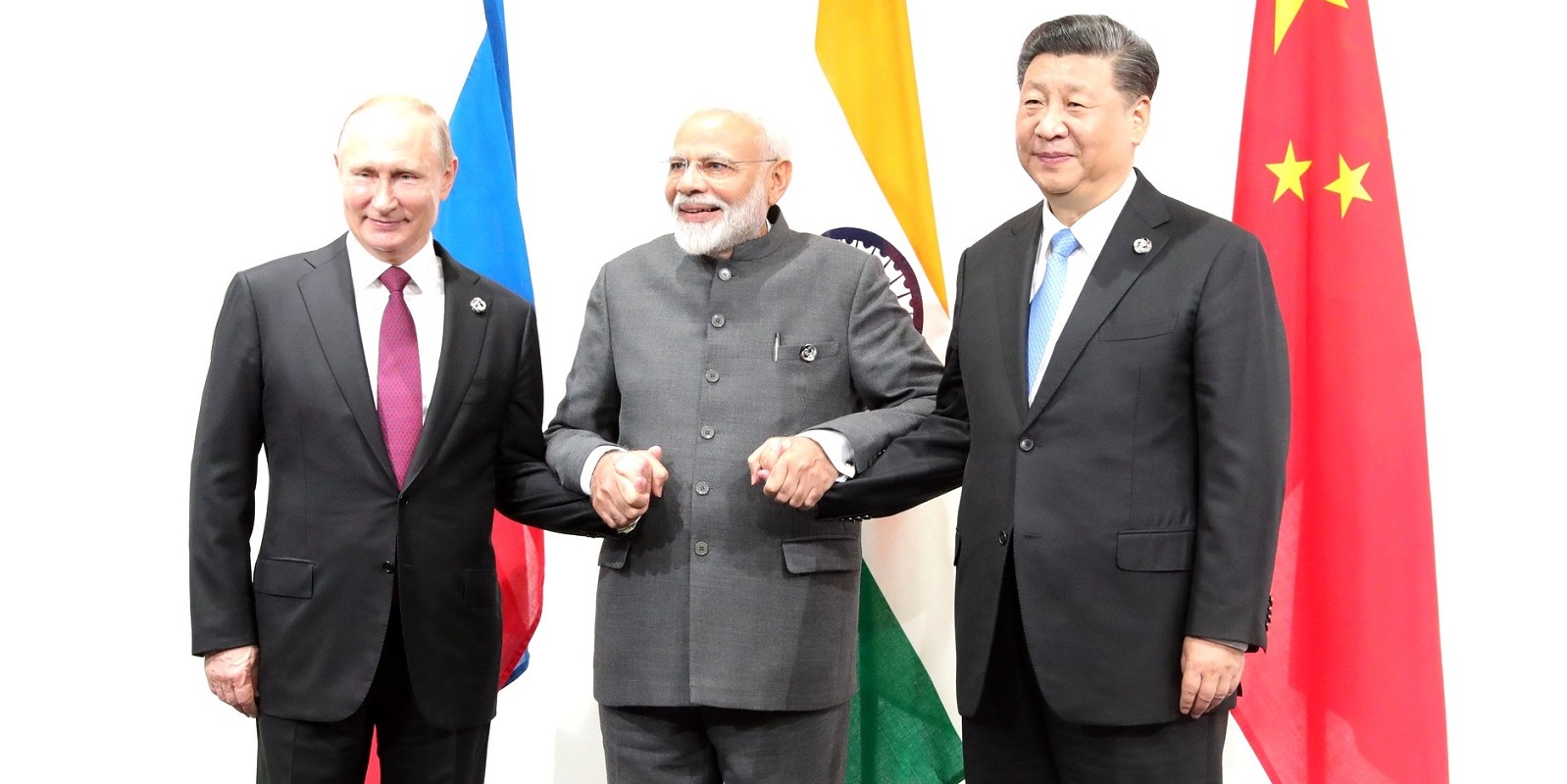However this border conflict between India and China escalated over the past two weeks, either side is naturally accusing the other of causing skirmish and breaking promises. In any case, it cannot easily be dismissed. 20 Indian soldiers were killed in the process, but China didn’t even report any casualties on their side. Question is why… were there no casualties, or was Beijing intentionally trying to stifle the fast-developing propaganda war and prevent the hand-to-hand combat from turning into armed conflict?
In any case, some falling out was inevitable. As has been reported hours ago, the Indian government spectacularly said it would block almost 60 Chinese apps, including popular social platforms such as TikTok, WeChat and Baidu maps, for the “safety, security, defence, sovereignty and integrity of India and protect data and privacy of its people”. Prime minister Narendra Modi will address the nation this afternoon, and then we will learn how much bite this really has.
Several factors are at play here. Beijing cannot be seen giving in to a decade-long simmering conflict and potentially be accused at home of losing territory in the process. At the same time and despite all the efforts of Modi to build on a constructive relationship with China, the Delhi establishment doesn’t seem to be able to overcome its issues with the mighty neighbour that they accuse of bullying and encirclement by way of Belt and Road.
But this is not just a regional border conflict. It radiates much wider than the eye can immediately see. Washington is observing with interest and probably rubbing its hands as we speak. Any confrontation between India and China presents itself as an argument to pull a partially still reluctant Delhi further into the camp of the Indo-Pacific alliance to counter the Middle Kingdom. India is a key piece in America’s jigsaw puzzle of geostrategic control in Asia.
Equally, Moscow is having a watchful eye as the other superpower on the Eurasian plate. Russia is, after all, part of a trilateral group called Russia-India-China, or abbreviated RIC. Against the backdrop of the border tensions, RIC decided to hold a videoconference last week. The three foreign ministers Sergey Lavrov, S Jaishankar and Wang Yi made initial remarks that were televised but then migrated to a “closed-door” discussion. Virtually nothing has been reported about the event in the Western press.
Without a doubt, this must have been a tricky 3-way conversation. Moscow would have trodden very carefully. The Kremlin may be much closer to Beijing’s leadership these days, but it’d be too far-fetched to speak of a deep alliance that would allow Lavrov to lean on his Chinese counterpart. On the flip side, we are probably beyond the heydays of the Indo-Soviet friendship, as some Delhi circles have ostensibly been busy working on a revival of India’s relationship with America.
While it has to be assumed that Lavrov would have played every fiddle in the book to work his diplomacy of diffusion on both sides before the event, he made every effort during the subsequent press conference to downplay Moscow’s role and didn’t see “any reason for Russia or anyone else to impose its services to help India and China”. Let’s not kid ourselves, though. Regional security and stability across the Eurasian plate hinge on the RIC triangle to function, at least in a diplomatic sense.
On Delhi’s part, it could be seen as a mature move for Jaishankar to participate, TikTok ban or not. To be sure, the nature of the meeting would have meant that exchanges were made on a most formal level, and it is clearly way too presumptive to read into them a quick recovery of India-China relations. Healing the most recent rift and getting both protagonists back onto a constructive and more trustful path of collaboration will be an extensive exercise. The hawks in the capital will make sure of that.
But even Jaishankar, who has been the architect of driving the new proximity with Washington, knows that a modus operandi with China must be found and that Russia can assist in the process. In other words, the real success here is that the RIC meeting actually happened. It will have opened a political track with Beijing, and any interaction between the two parties is a good thing. In fact, the limited proximities between Russia and China, and Russia and India, curiously are a plus.
Beijing may still have a communication problem when it comes to India, but if its leadership was true to its word on pursuing a multi-lateral world, it might have to pay more attention to Delhi’s sensitivities. While it must be appreciated that China’s objective is to press on with Belt and Road, even at the expense of rebuffing potential partners, India is too important to be alienated. Xi Jinping and Modi are moving in the right direction, but the holy grail lies in convincing the rest of the Delhi nomenclature of BRI’s mutual benefits.
It’s not that this impasse between India and China cannot be resolved. Either party of the triangle is independent enough to pursue its own core interests. At the same time, all of them are aware of the benefits of entertaining constructive bilateral relations with each other. This may be the simple miracle that could make RIC the bedrock of mentioned Eurasian stability. Politicians aren’t easy to comprehend sometimes. However, they should be expected to work towards a shared future that is the sine qua non.
